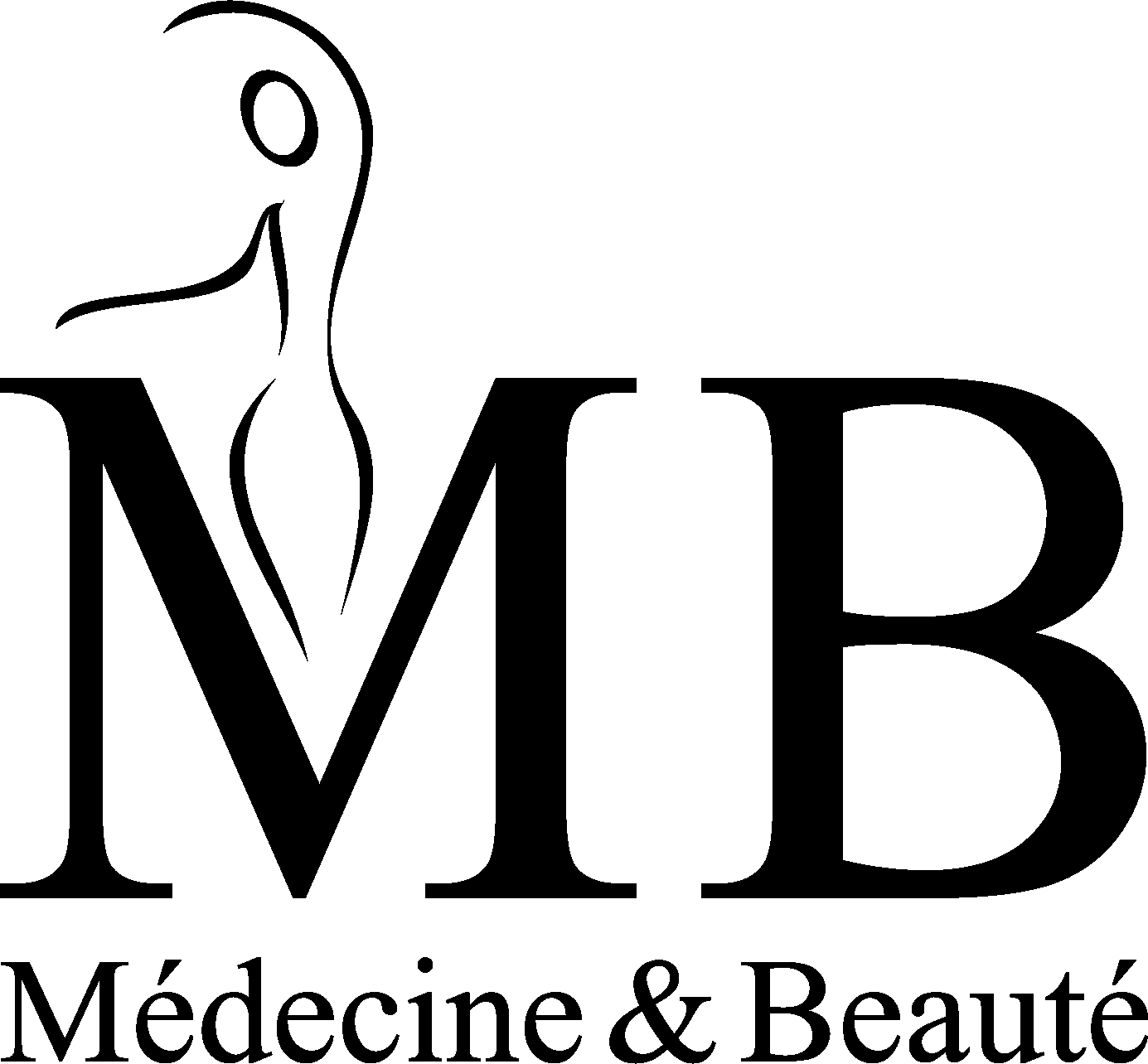The Icon offers high peak power, a state-of-the-art cooling system, an integrated calibration system, and Skintel® – the only FDA approved melanin reader – enabling rapid treatments with excellent results.
Revitalize your skin in a few laser sessions
Your complexion is dull. Fine lines and small brown spots appear. All these signs of photoaging can be reduced or even erased with laser treatment. Give your skin a real boost!
A series of treatments may be necessary for the desired results. Treatment plans can be adjusted to suit your lifestyle. Social eviction is minimal!
Treatment of laser stretch marks
Many women and men have stretch marks. When the skin stretches too quickly during puberty, pregnancy, during a change in weight, these fine lines appear. Laser treatment is a simple, fast and effective solution that allows you to find smoother and softer skin.
Laser treatment can be combined with PRP treatment to increase efficiency.
Our office lasers
The CO2 / Fraxel laser
The Fraxel CO2 is an ablative and non-ablative laser (10`200 nm). It is a single treatment that can be repeated after a few years if necessary.
The main objective of this treatment is to significantly improve the skin quality.
Indications :
– Superficial and deep wrinkles
– Age spots
– Sagging skin
– Aftermath of acne (unsightly scars)
– Age spots
Treatment process:
1. Deep cleansing of the skin 1 week before the laser treatment (approx. 1 hour)
2. CO2 laser treatment under sedation
3. Grooming on the 3rd or 4th day post laser
4. Deep remote cleaning
After the laser session, a more or less pronounced erythema is the rule. In general, the latter fades after ten days. However, a special foundation can be applied after 5 days.
The Erbium laser
The Erbium laser is a “cold” laser used to treat facial fine lines safely.
It is also very effective in treating hypertrophic and keloid scars, and in the latter type of pathological scarring, intra-lesional corticosteroid therapy is indicated.
LYRA laser System is an Nd-YAG (1064 nm)
Telangiectasias designate different forms of dilation of small blood vessels located near the surface of the skin, mucous membranes or the whites of the eye, when this “vascular dilation” is abnormal in size (0.5 to 2 millimeters in diameter1) and its permanence.
The treatment of choice is the laser.
The advantage is its high reliability and its shooting precision and its power as well as its short duration of emission of the order of a few ms thus avoiding the scarring of poor quality which was formerly the sequel of the CO2 lasers or the electrocoagulation.
The Principe of fonctionment :
the laser beam emitted by the Nd-YAG is absorbed by the opposite color, the red of hemoglobin. This laser absolutely does not touch the skin it crosses, the ray considering the skin as a transparent medium.
LYRA is also a great choice for treating unsightly leg veins. An average density requires about three sessions of a quarter of an hour of treatment. The number of sessions can be doubled or even tripled in the event of a large number of vessels.
AURA laser System
AURA laser System est un Nd :YAG modifié émettant avec une longueur d’onde de 532 nm; longueur d’onde idéale pour traiter des vaisseaux extrêmement fins telle que la couperose. Cette dernière est une coloration rouge du visage, due à une dilatation des vaisseaux capillaires. Il s’agit généralement d’une réaction vasomotrice dans les cas de stress ou de dystonie neurovégétatives. Le traitement de choix est le laser. Actuellement la longueur d’onde la plus efficace utilisée est la longueur 532 nm, le KTP (Kalium Titanyl Phosphate). L’avantage est sa grande fiabilité et sa précision de tir et aussi bien sa puissance comme sa courte durée d’émission de l’ordre de quelques ms évitant ainsi le cicatrisation de mauvaise qualité qui était autrefois la séquelle des laser CO2 ou de l’électrocoagulation.
Le principe de fonctionnement : le rayon laser vert émis par le KTP est absorbé par la couleur opposée, le rouge de l’hémoglobine. Ce laser ne touche absolument pas la peau qu’il traverse, le rayon considérant la peau comme un milieu transparent. Une couperose de densité moyenne nécessite environ de trois séances d’un quart d’heure de traitement. Le nombre de séances peut être doublé voire triplé en cas de couperose majeure.
